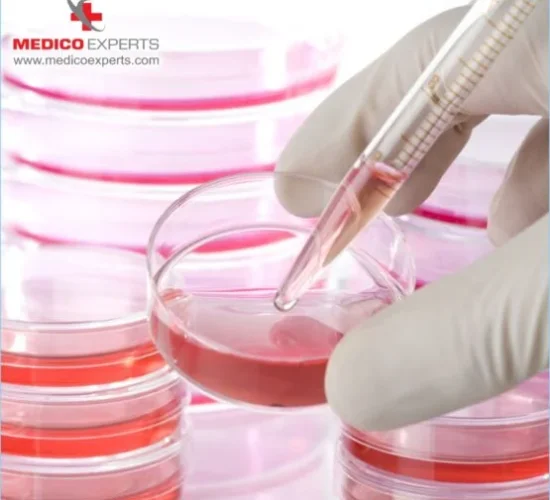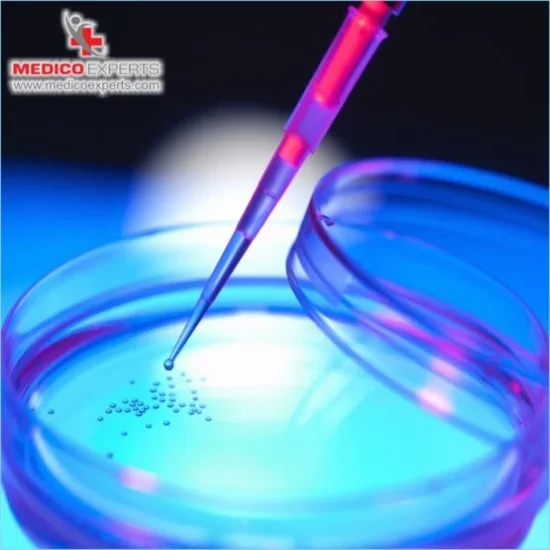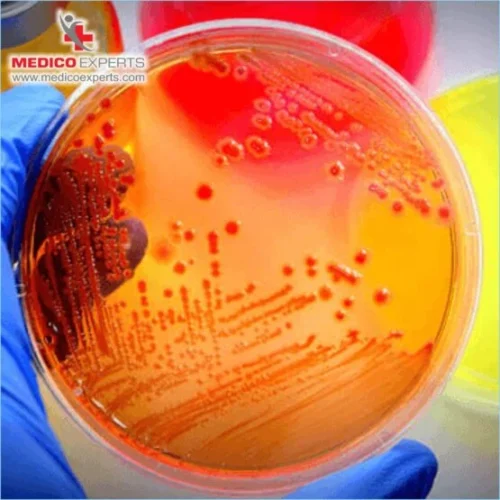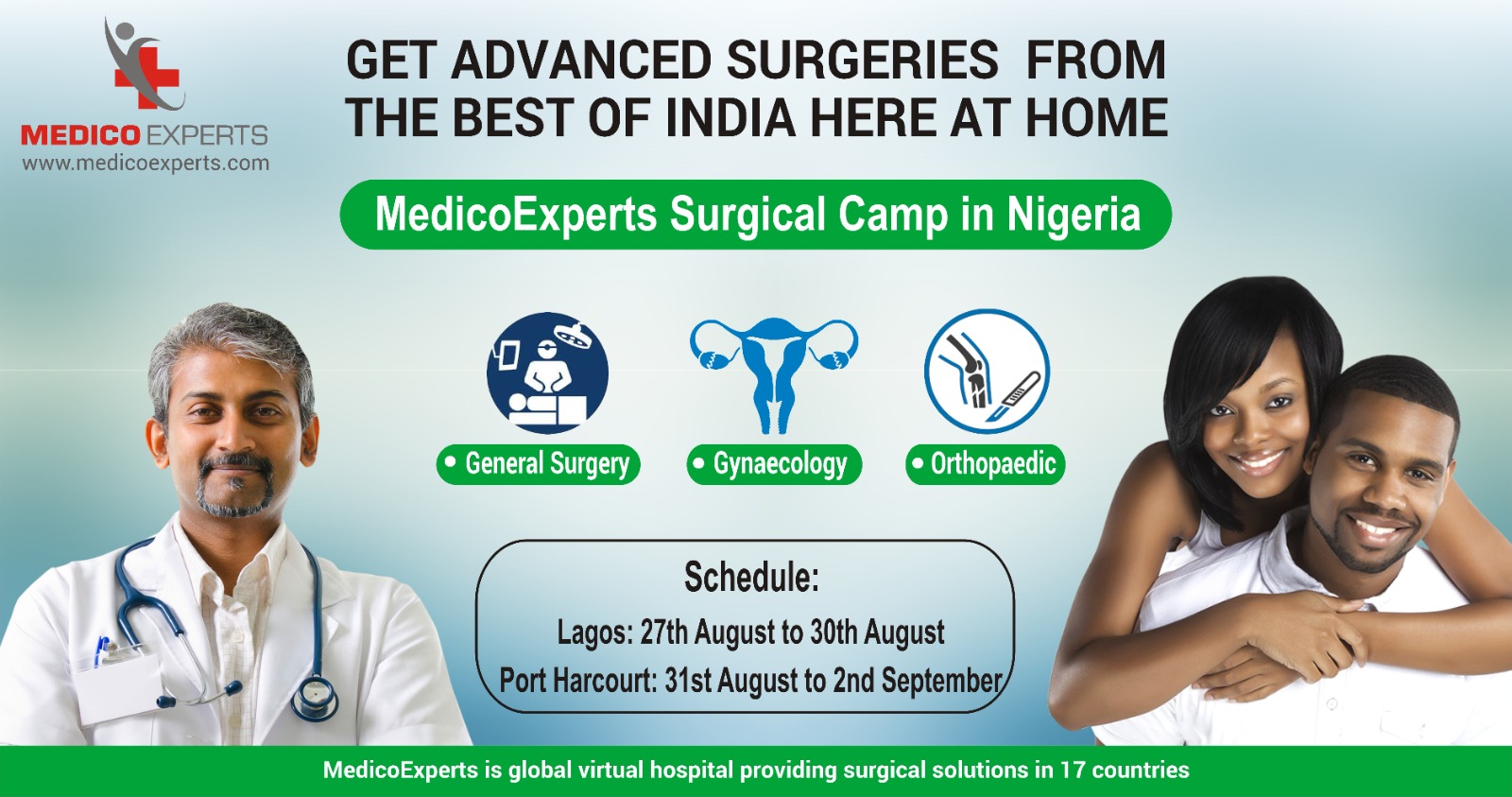Stem Cell Therapy for Cerebral Palsy
Stem cell therapy lessens the symptoms, prevents complications in the future, and maximizes the independence of function.
Stem cell therapy repairs and regenerates the tissue that has been damaged, restoring operations in the impacted region and resulting in clinical improvements. Stem cell therapy plays a major role in improving the overall health and quality of life of your child.
This efficient strategy for treating cerebral palsy relies on stem cells’ capacity leading to enhanced metabolism and immune system. Stem cell therapy provides a positive and remarkable result for the brain and its system.
The use of autologous bone mesenchymal stem cells in stem cell therapy has led to significant and effective improvements in patients with cerebral palsy. The therapy is simple, secure, and effective because it works at the neurological level. It helps them become independent and to boost their social skills.
As you have already got an idea about how stem cell helps in cerebral palsy, let’s understand the procedure of the treatment.


What is the procedure for Stem Cell Therapy for Cerebral Palsy?
Stem cell therapy is a simple and completely safe procedure that requires only injections and no surgery is involved. In the Stem cell procedure, adult stem cells are taken from the blood of the patient and injected back into the patient after processing in a specialized stem cell laboratory.
Following are the steps MedicoExperts follow for the stem cell therapy procedure:
- Firstly you will have to share your medical history and reports.
- Then, MedicoExperts’s stem cell specialist will conduct some tests and scans to ensure that you are eligible to undergo the therapy.
- Stem cells will be collected from your blood after your eligibility is proven.
- Experts will then prepare the selective stem cell samples and lab-test them to ensure quality.
- Next, the stem cells will be used for the therapy.
- Our doctors will monitor you for around a few days and then discharge you.
- But you have to come back for a follow-up consultation with our stem cell experts as per your requirements. If you cannot travel, we will arrange a video consultation.
What to expect from Stem Cell Therapy for Cerebral Palsy?
You can expect the following improvements in your child after stem cell therapy:
- You will see improvement in motor skills and functional abilities.
- You will notice an improvement in speech and hearing skills.
- You will see improvements in mental and cognitive functions.
- No injections and surgeries are involved in the procedure.
- The treatment process may take 10 days to 1 month.

Success Stories of Stem Cell Treatment for Cerebral Palsy in India

What is the cost of Cerebral Palsy Treatment in India?
The cost of stem cell therapy for cerebral palsy treatment in India starts from 2000 USD per cycle and depends on the condition of the patient, the protocol adopted by the treating specialist, and the chosen doctor. A stay of 10 to 30 days in India is to be expected to undergo the treatment. In some rare cases, the stay can be extended to 45 days as well.
For better outcomes, either Ozone Therapy or Hyperbaric Oxygen Therapy (HBOT) will be combined based on the protocol of the selected stem cell specialist. The super-specialist doctors in India also employ the use of ozone therapy along with stem cell therapy for best results.
The cost of HBOT ranges from 50 USD (4000 INR) to 90 USD (7,500 INR) per session. Ozone therapy may cost 0.36 USD (30 INR) to 72 USD (6000 INR).
Success rate of Cerebral Palsy Treatment in India
Most cerebral palsy patients can live long, happy, and normal lives after stem cell therapy.
Patients notice improvements in bowel and bladder control along with motility and independent activity.
Almost 85% of our patients showed drastic improvement after undergoing stem cell therapy in India. Their cognitive functions were improved drastically.
Interestingly, our patient data indicates that over 73% of cerebral palsy patients have benefited from the combination of stem cell therapy with HBOT.

Frequently Asked Questions (FAQs):
Q1. Is stemcell therapy better than the conventional approach? Why?
The conventional treatment is very invasive and uses steroids and other measures to suppress the symptoms. It also offers no long-term relief from cerebral palsy issues. Its side effects are also noticeable to the same extent as the beneficial impacts, so it’s not a holistic way to treat patients with cerebral palsy.
Stem cell therapy aims to heal brain damage and therefore the outcomes of this therapy are much better and quicker. Besides that, the therapy does not have any side effects on the patient.
Q2. How to find the best doctor for cerebral palsy in India?
The following tips will help you find the best doctor in India for cerebral palsy treatment:
- Get recommendations from your family doctor.
- Check reviews on online platforms.
- Check the protocol and procedure the doctor follows.
- Consult MedicoExperts to get connected with the best doctor.
Next in Cerebral Palsy

Author Bio:
Dr. Khushbu Jain is a dedicated professional with a passion for advancing healthcare through cutting-edge treatments. She has a special interest in researching regenerative medicine and advanced treatment for diseases that are difficult to treat with conventional treatment options. Her deep understanding of these progressive treatments allows her to offer patients personalized and effective solutions for a variety of health concerns.
Content Medically Reviewed By MedicoExperts Editorial & Clinically Review Board



